Adding Dynamic Lighting Effects with SVG Filters
SVG filters aren't just about blurs — they can simulate light, shadow, and depth directly in your code. Using primitives like and, you can create UI elements and visuals that respond to light in a surprisingly realistic way. Step 1: Create a Lighting Filter Let’s define a lighting filter that simulates a light source casting soft highlights: This adds soft, directional lighting based on the elevation and azimuth of the light source. Step 2: Apply the Filter to an SVG Element You can now apply this filter to an SVG shape like a button or icon: The rectangle now appears lit from a virtual source, with depth and highlight. Step 3: Customize the Light Source Want a sharper highlight? Switch from diffuse lighting to specular: This gives a more metallic, glossy effect — perfect for UI buttons, knobs, or glassy elements. ✅ Pros and ❌ Cons of SVG Lighting Effects ✅ Pros:

SVG filters aren't just about blurs — they can simulate light, shadow, and depth directly in your code. Using primitives like and, you can create UI elements and visuals that respond to light in a surprisingly realistic way.
Step 1: Create a Lighting Filter
Let’s define a lighting filter that simulates a light source casting soft highlights:
This adds soft, directional lighting based on the elevation and azimuth of the light source.
Step 2: Apply the Filter to an SVG Element
You can now apply this filter to an SVG shape like a button or icon:
The rectangle now appears lit from a virtual source, with depth and highlight.
Step 3: Customize the Light Source
Want a sharper highlight? Switch from diffuse lighting to specular:
This gives a more metallic, glossy effect — perfect for UI buttons, knobs, or glassy elements.
✅ Pros and ❌ Cons of SVG Lighting Effects
✅ Pros:








































































































































































![[The AI Show Episode 146]: Rise of “AI-First” Companies, AI Job Disruption, GPT-4o Update Gets Rolled Back, How Big Consulting Firms Use AI, and Meta AI App](https://www.marketingaiinstitute.com/hubfs/ep%20146%20cover.png)










































































































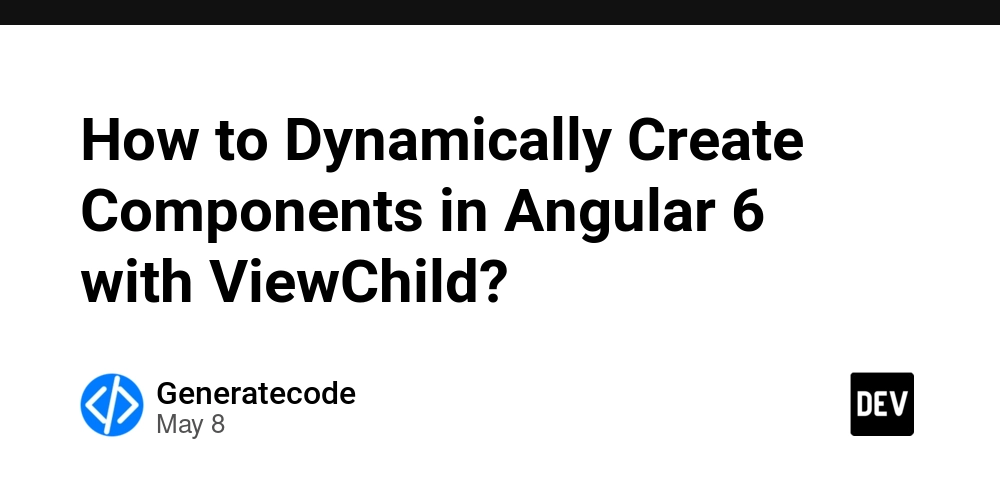












































































































































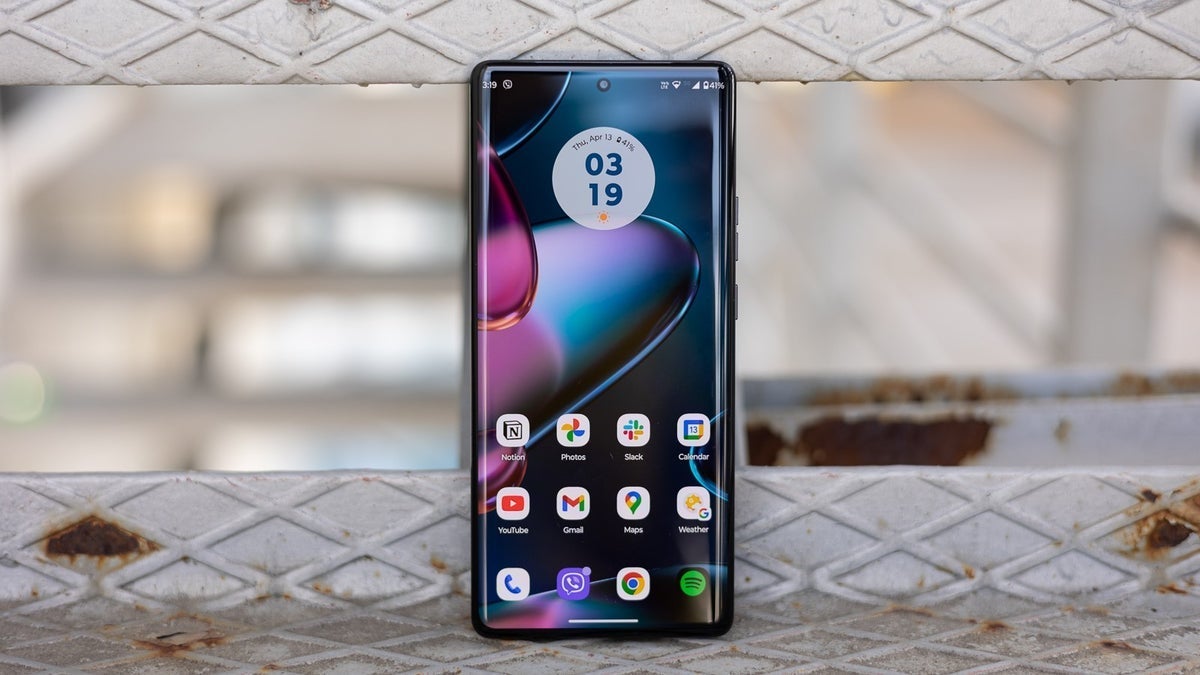
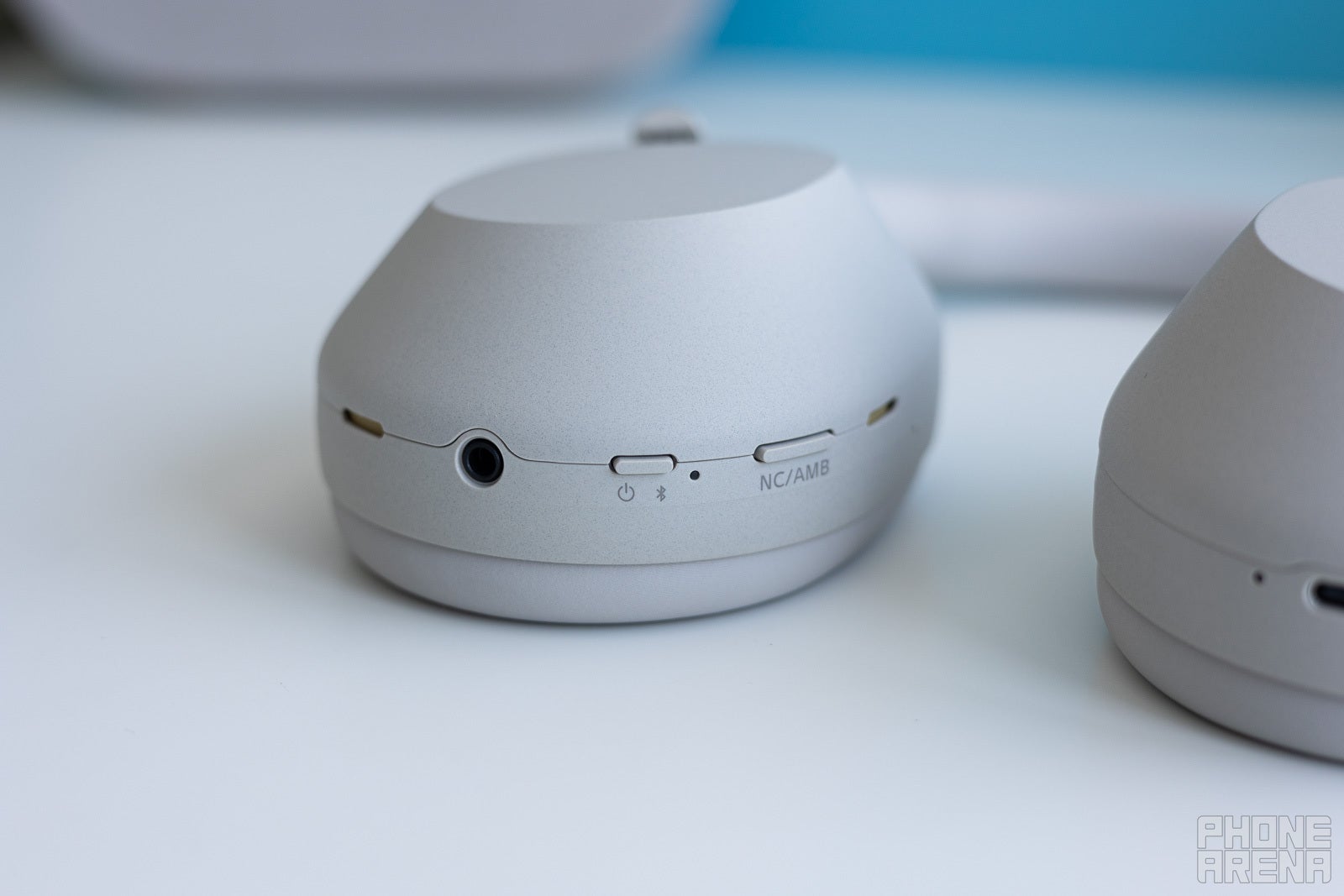






































































































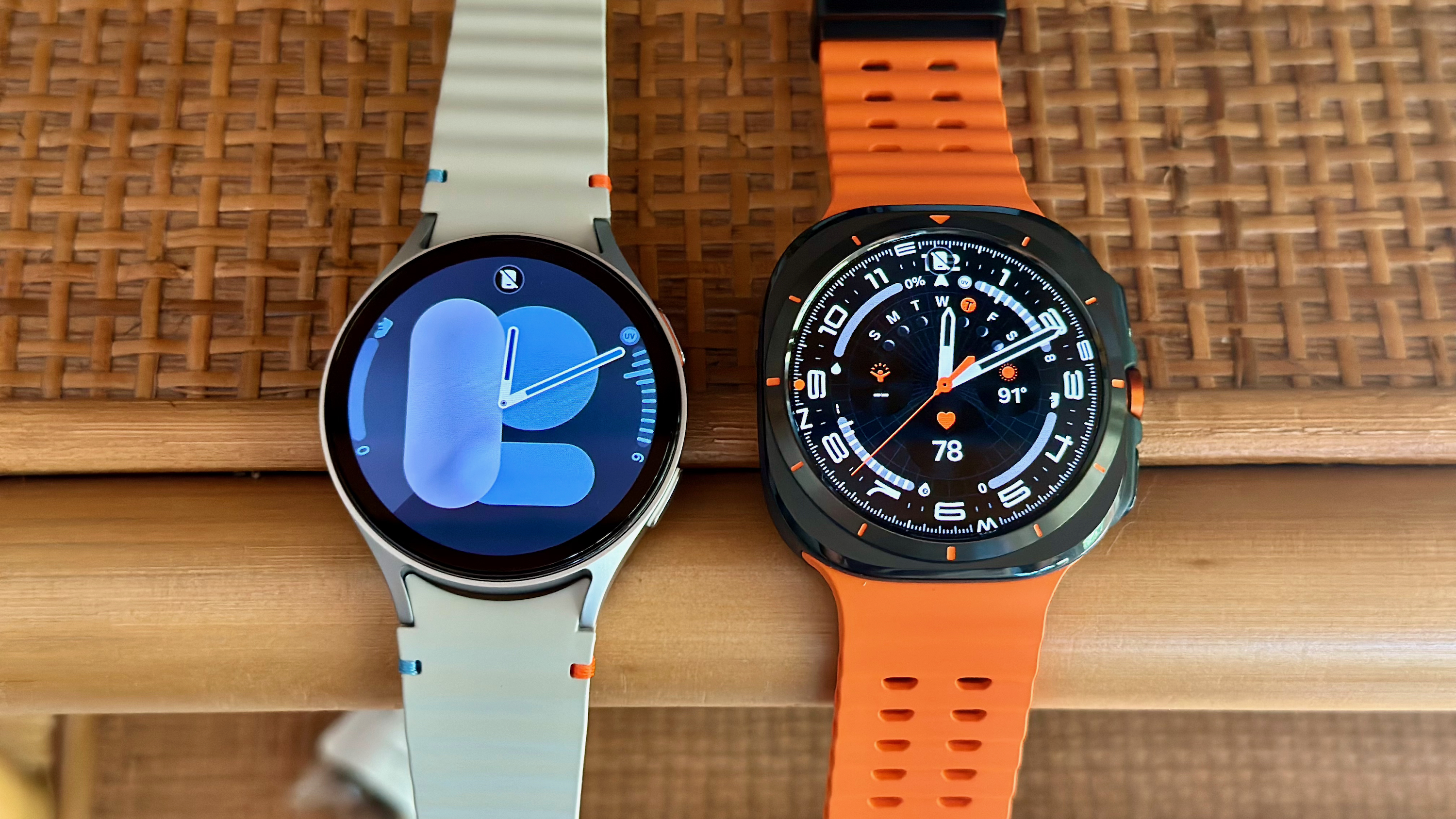

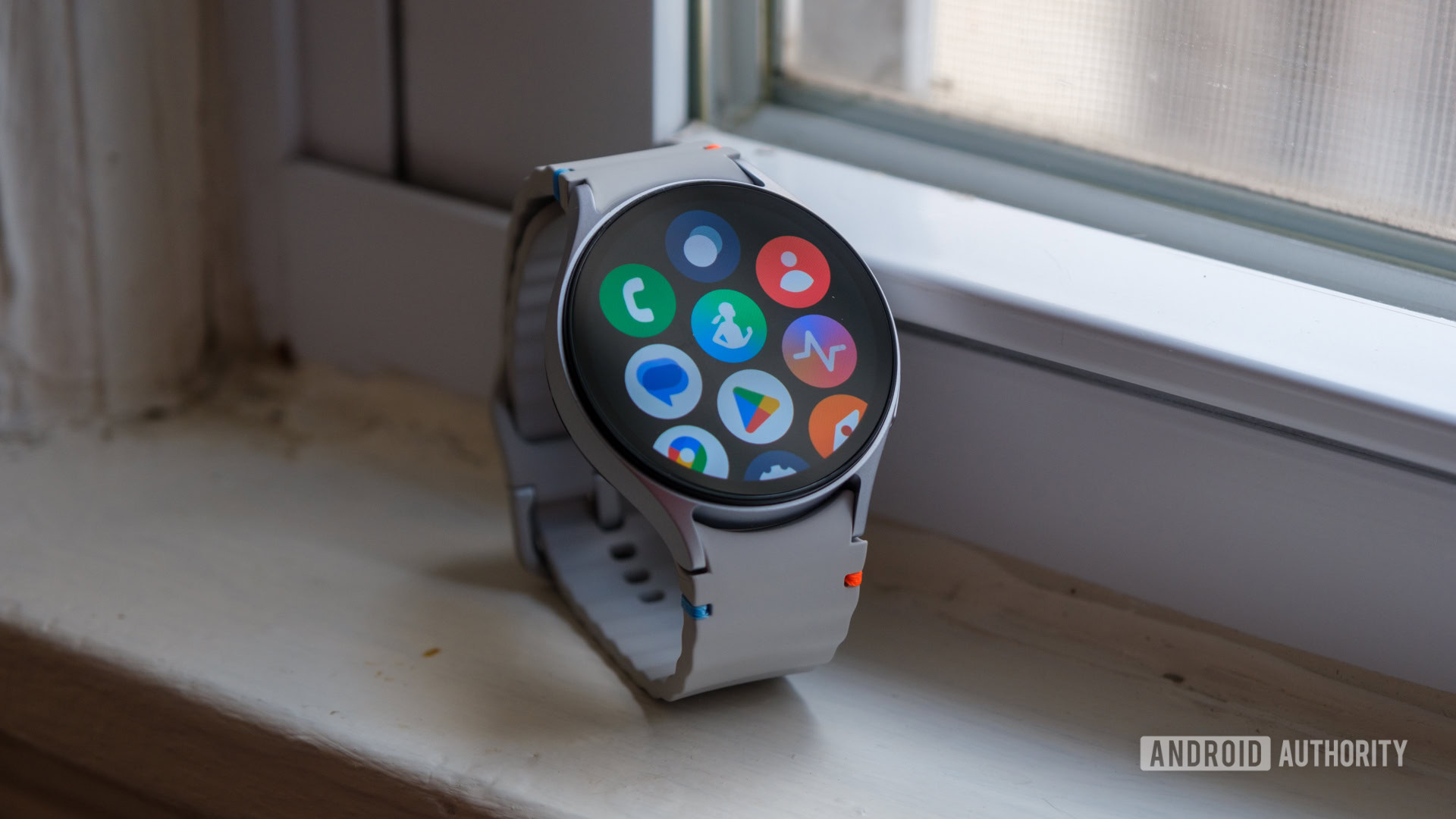


















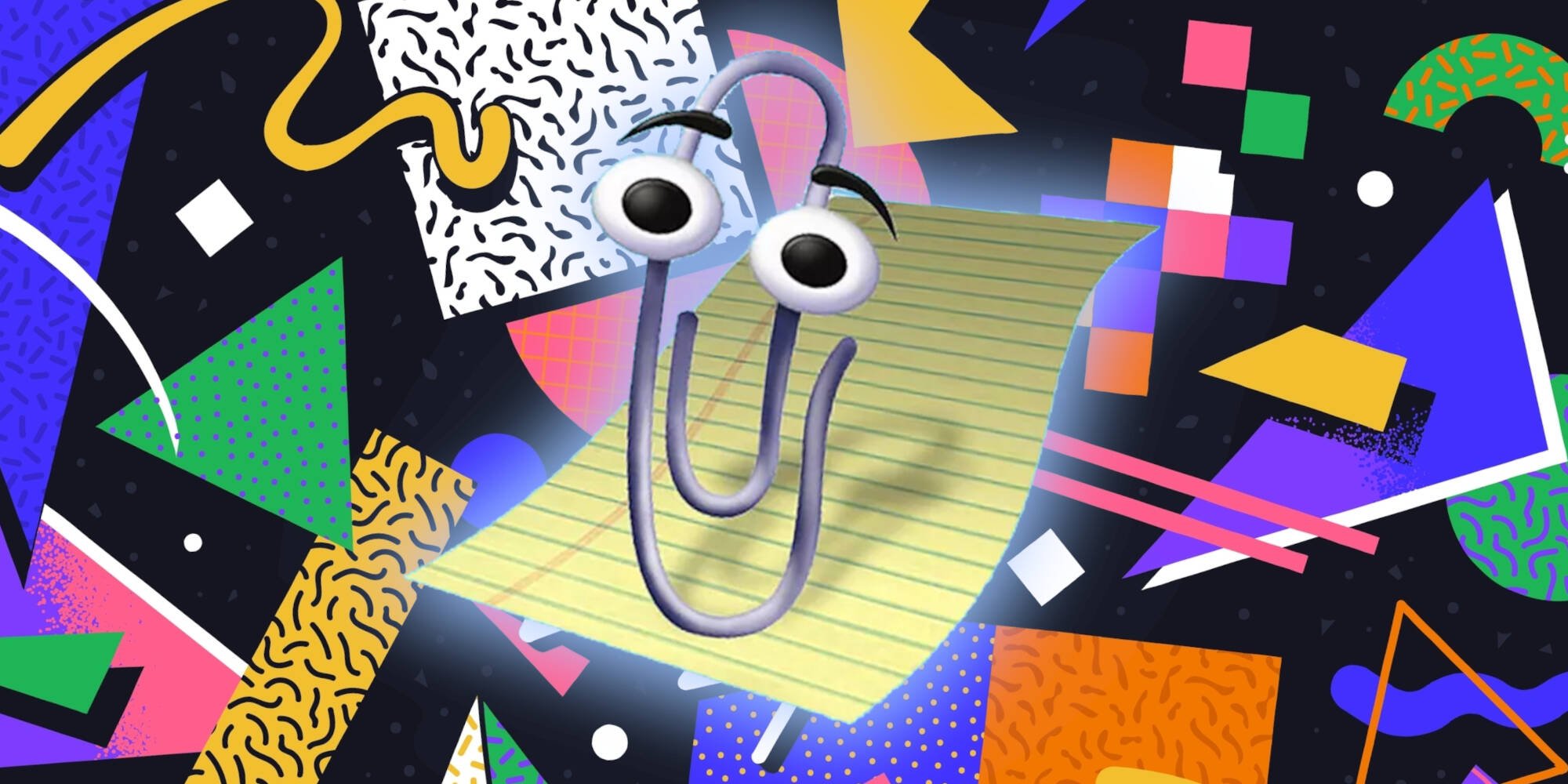
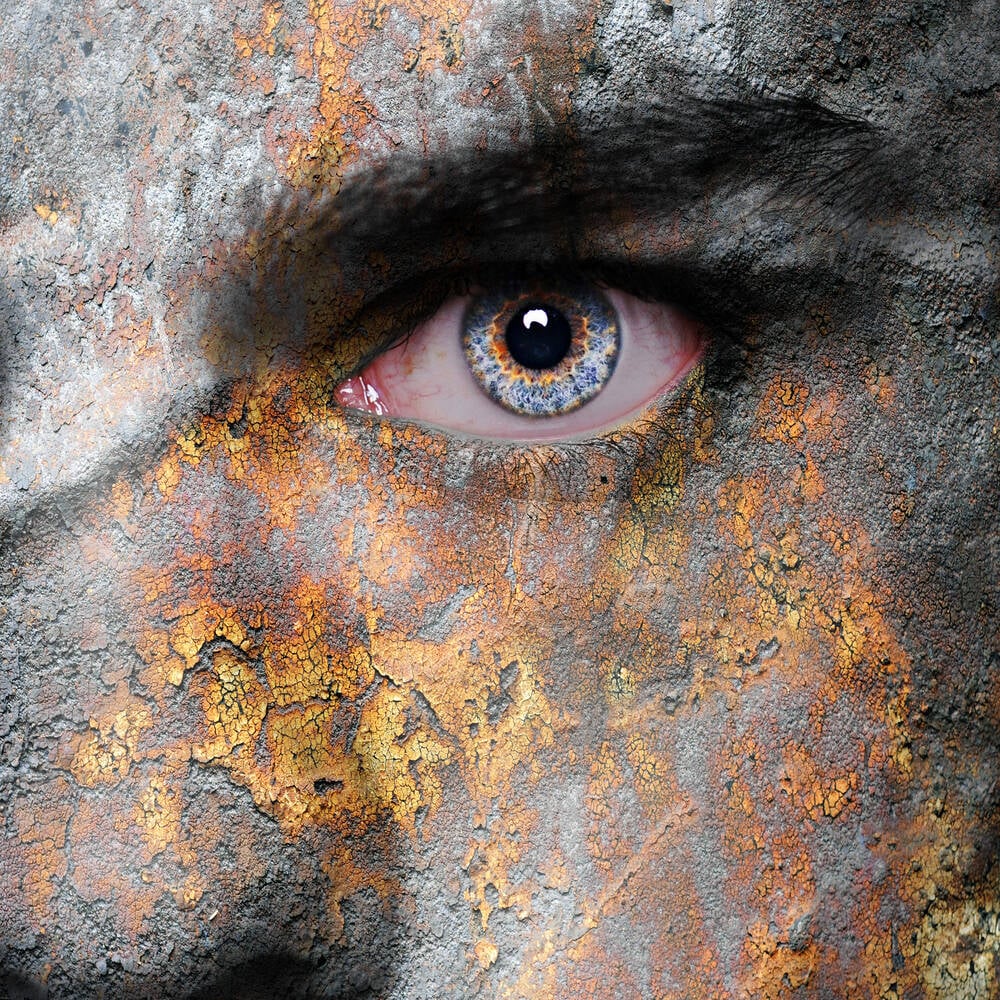

![Beats Studio Pro Wireless Headphones Now Just $169.95 - Save 51%! [Deal]](https://www.iclarified.com/images/news/97258/97258/97258-640.jpg)













































































































